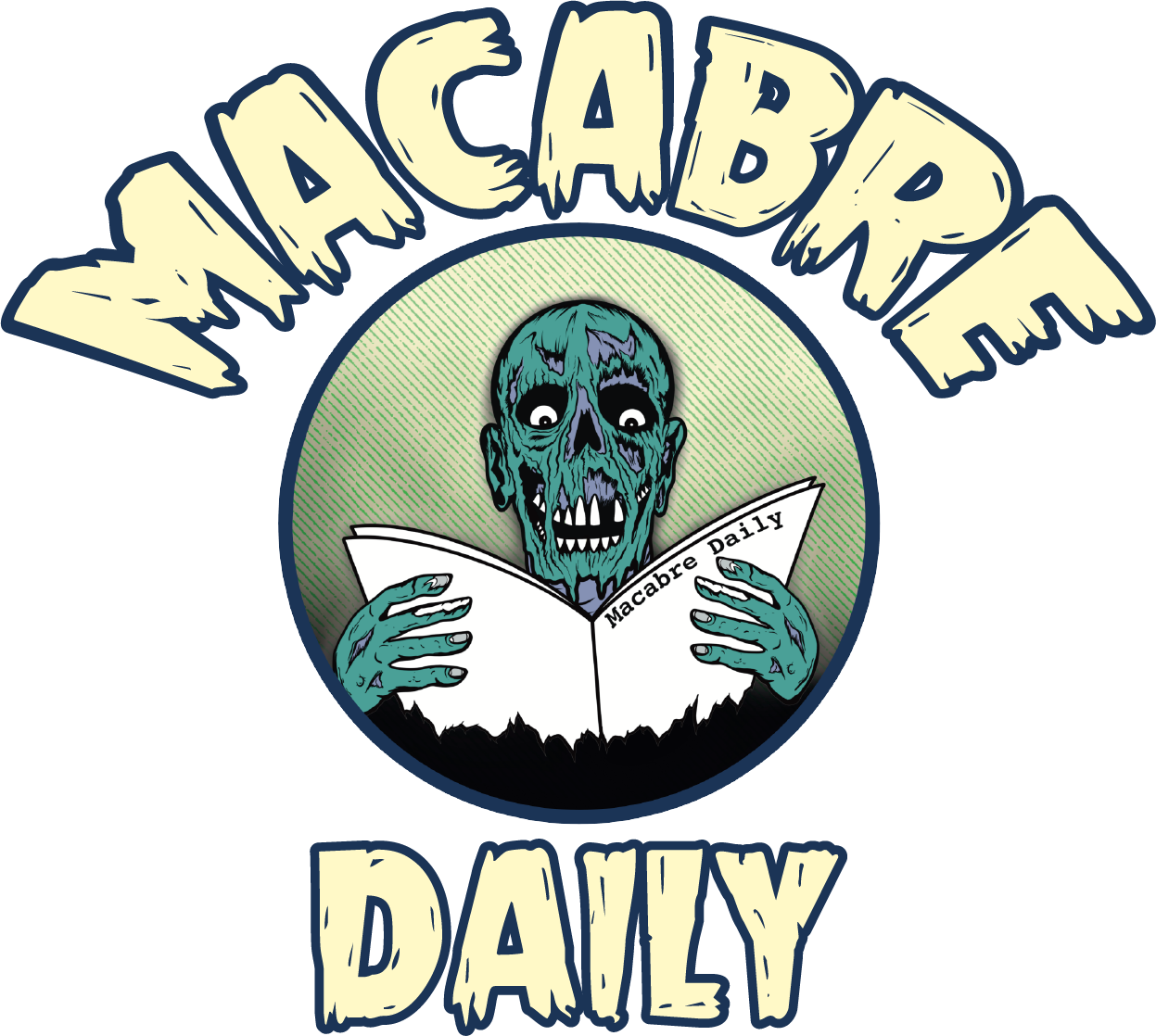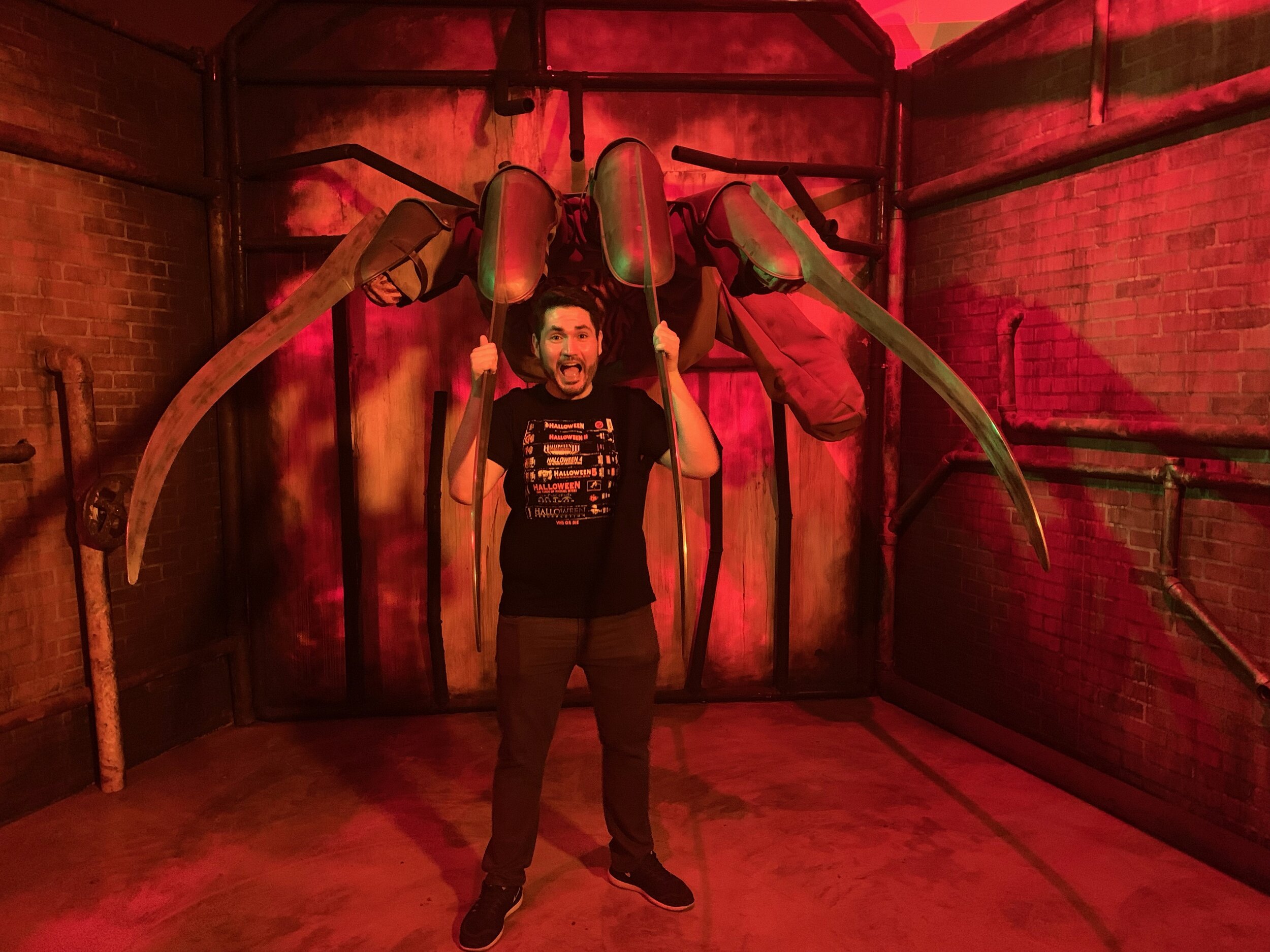COLLECTOR'S CRYPT - THE WOLF HOUSE / LA CASA LOBO (KIMSTIM BLU-RAY)
What is the difference between “art” and “entertainment”, or is there one? Art explicitly refers to creation, without any requirement for audience or participation. One can create art for themselves, or the enjoyment of others, but it is by definition simply the act of demonstrating our creativity. Entertainment is more of an outcome. It is the experience we expect when we go to a theme park, read a book, or watch a play. It is simply, “the act of providing or being provided amusement or enjoyment”. With these definitions in mind we can see how art can be entertaining, but being entertaining is not a requirement for art. As film fans we may forget that the foundation of the medium of film was an artistic and technological pursuit. Filmmaking is still very much an art, but it has been commoditized into its most capitalist form. A means to generate revenue as much as it is to tell stories and an entire economy has been built around it to support the melding of art and entertainment in celluloid (or now digital). This is why we need films to remind us about the art of filmmaking, and the techniques that push both boundaries and imaginations. An almost perfect segue into The Wolf House (La Casa Lobo) from KimStim, an art-house documentary drama that contains horrors of a different kind. Is this combination of art, history, and horror as compelling as it seems?
WHAT’S IT ABOUT?
“The Wolf House” tells the story of Maria, a young woman who takes refuge in a house in southern Chile after escaping from a German colony.
HOW IS IT?
When high art gets infused into cinema, it can make for an interesting viewing experience. Experimental cinema of any genre demands that the viewers release themselves fully to the filmmaker while relinquishing expectations and norms. It can be a thrilling, contemplative, mundane, and even terrifying experience, but the primary motive is the art form itself. “The Wolf House” demands that and much more of its viewers, but rewards that investment with a deeper understanding of the darkness hidden within the images. It isn’t the most accessible film and will wane on the patience of those who have no time for non-linear storytelling, but it is undeniably unforgettable in its delivery. It isn’t an easy film to recommend because of how much context it begs one to have before enjoying it fully, and yet, that is part of its mysterious charm.
The synopsis above is a far more coherent way of explaining the plot of “The Wolf House”, but to dig into this further the film is steeped in Chilean history. In particular, that of Paul Schäfer and Colonia Dignidad, a German ex-patriot who started a colony that was rife with sexual assault, child abuse, and all the makings of a future Netflix true crime series. None of this is elaborated on in “The Wolf House” and only with some outside investigation will you see the connections being made. In that way, “The Wolf House” asks a lot of viewers which can be a turn-off. The idea that the film requires “homework” to understand sounds pretentious and lazy, but in practice, “The Wolf House” is so elegantly presented that it almost begs you to understand it. The story of a young girl taunted by a German “wolf” who hides away in a house with two pigs she raises as two kids sounds like the fever dream it is, but that story hides the history from which it has emerged. And if you’re at all intrigued by the outstanding visuals, you’ll feel equally compelled to try and unravel its mysteries. “The Wolf House” is more of an art project than a film, but it uses the medium in an impressive, innovative, and haunting way.
That innovation is the actual creation of the film itself. A combination of stop-motion animation, painting, an abandoned house, and 3D objects work in harmony as “The Wolf House” literally creates itself in every single frame. At first glance, everything is jarring and obtrusive as you see paint fill the space of an old wall at a pace slightly higher than that of a flip book. It is hard to orient yourself with where you are, who you are following, and what the hell is going on. This style persists throughout the 73 minutes of “The Wolf House” and is a pure delight for your eyes to observe. It does, however, come at the cost of traditional narrative comforts like a deep story and character development, but if viewed as more of a poem it can help with reception. Again, this style will be a “make or break” for certain viewers. Even at under 80 minutes, there are many slower scenes where music and ambient noise are your only dialogue and this can sometimes make the film ironically drag. That’s what makes “The Wolf House” such a fascinating film. It is a compelling watch that speaks more towards the power of creativity than it does to the dark overtones of the history it is derived from. The technical achievements may be hard to appreciate without the support of a stronger narrative, but that shouldn’t discourage avant-garde horror fans from giving this one a go for the aesthetic alone.
HOW DOES IT LOOK?
“The Wolf House” is an art-house film and seems to have been filmed in 16mm film. There isn’t a lot of information about the production of the film, but the overall presentation is clean as can be expected based on the unique visual style. Images from this release are seen below and used throughout this review.
HOW DOES IT SOUND?
Much like the video, the audio options here are light. There is one stereo audio track that has both Spanish and German dialogue. There are English subtitles included as well.
ANYTHING SPECIAL?
For those who were entranced by the unique visual style of “The Wolf House”, there are a few additional short films from co-directors Joaquín Cociña and Cristóbal León. We took a look at “Weathervene” and “Der Kleinere Ruam”, both of which clocked in at under 5 minutes each. Both films highlight the director and their distinct contribution to the overall look and feel of the film. Cociña’s hand-painted animation style combined with León’s stop-motion paper mache' blend perfectly together in “The Wolf House” and are delightful to enjoy separately. A full list of special features for this release is listed below:
SPECIAL FEATURES:
Disc includes Collected Short Films by Joaquín Cociña and Cristóbal León
WEATHERVENE by Joaquín Cociña
DER KLEINERE RAUM (THE SMALLER ROOM) by Cristóbal León and Nina Wehrle
LA BRUJA Y EL AMANTE (THE WITCH AND THE LOVE)
LAST RITES
“The Wolf House” is truly a one-of-a-kind film in both its arresting visual style and non-linear narrative docu-drama storytelling. It is a hard film to assess because it is more art than entertainment, and on those merits, it succeeds. While it may have a hard time connecting with everyone, those who enjoy more experimental cinema should seek this out immediately.m
THE GORY DETAILS
Thank you to the fine fiends over at MVD ENTERTAINMENT for providing a review copy for the crypt! The Wolf House is available NOW and can be purchased via MVD DIRECT!
Stay up to date with “The Dark Side Of Pop Culture” by following Macabre Daily on Instagram, Facebook, and Twitter.





















